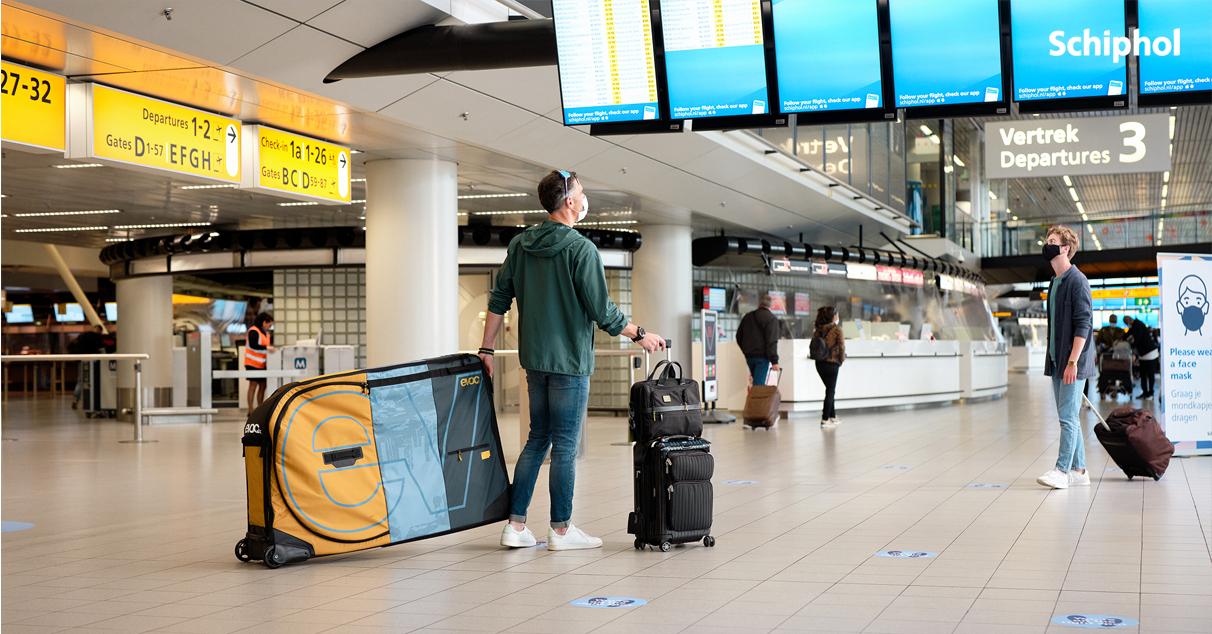
Credit: Schiphol Airport / Twitter
FRANKFURT—IATA warned Feb. 3 that recovery of air travel in 2021 could be significantly slower than previously expected. IATA chief economist Brian Pearce said demand volume for the full year could end up rising only 13% to 38% of pre-crisis levels if new coronavirus mutations continue to spread and...
Subscription Required
This content requires a subscription to one of the Aviation Week Intelligence Network (AWIN) bundles.
Schedule a demo today to find out how you can access this content and similar content related to your area of the global aviation industry.
Already an AWIN subscriber? Login
Did you know? Aviation Week has won top honors multiple times in the Jesse H. Neal National Business Journalism Awards, the business-to-business media equivalent of the Pulitzer Prizes.

